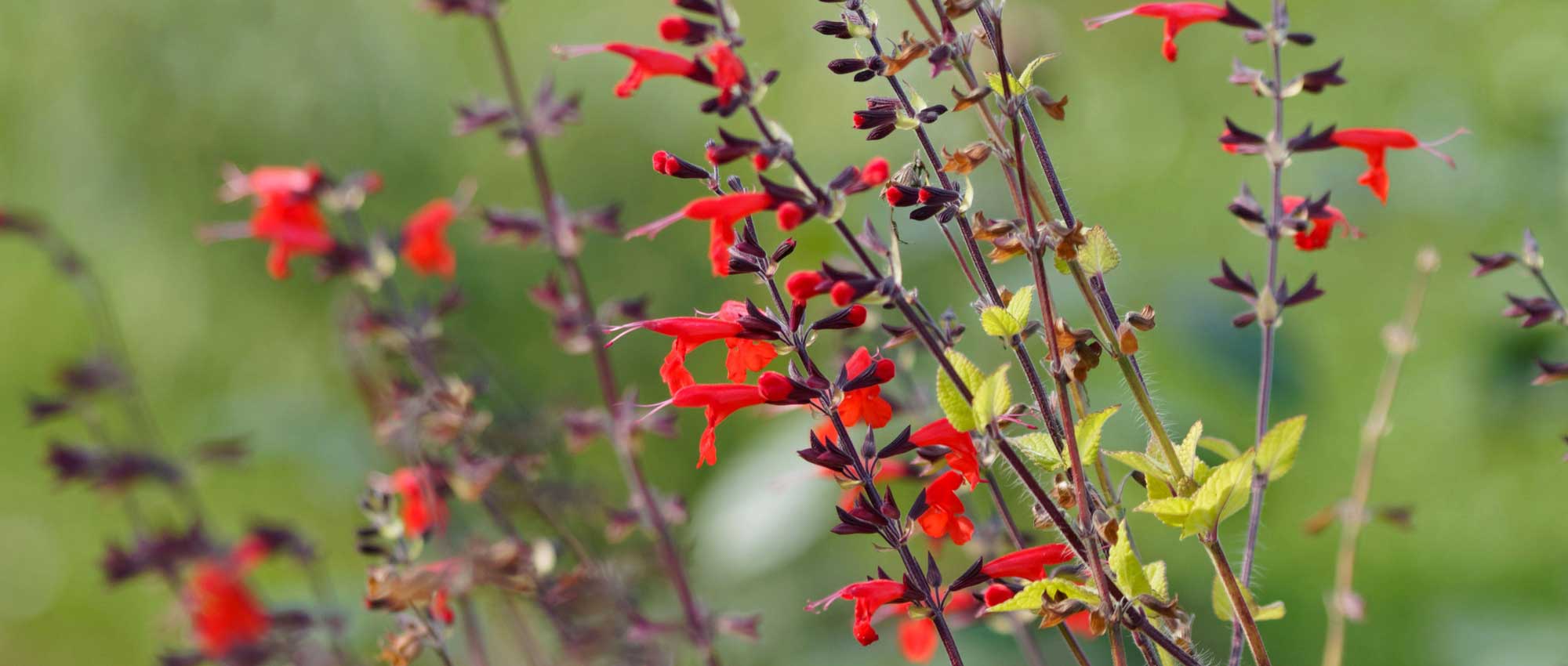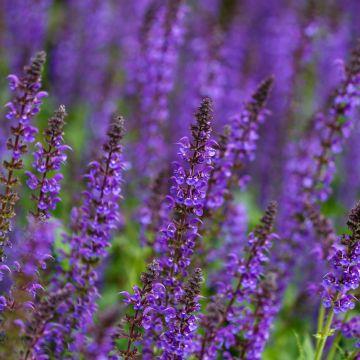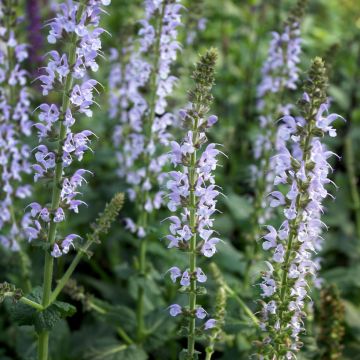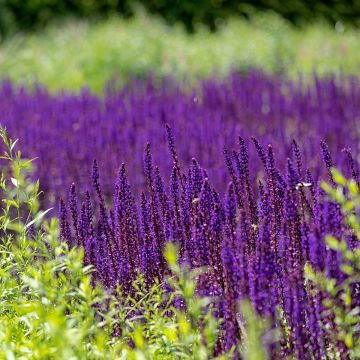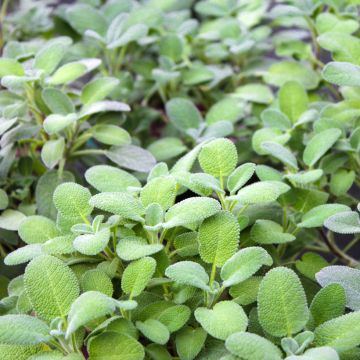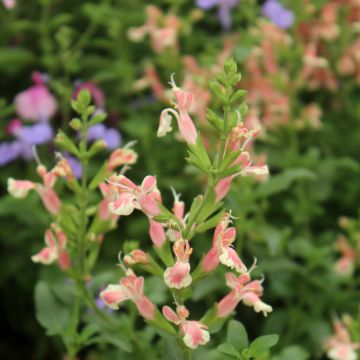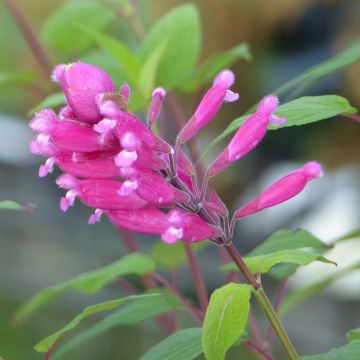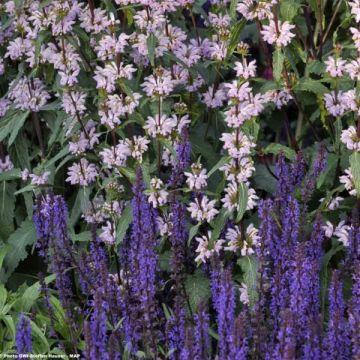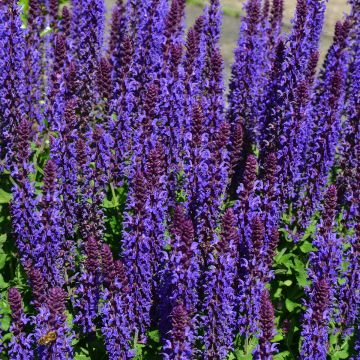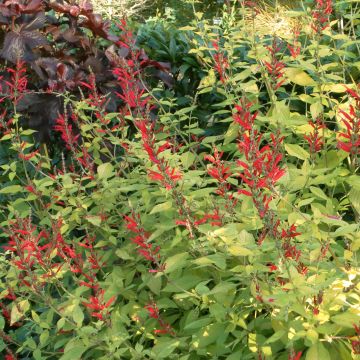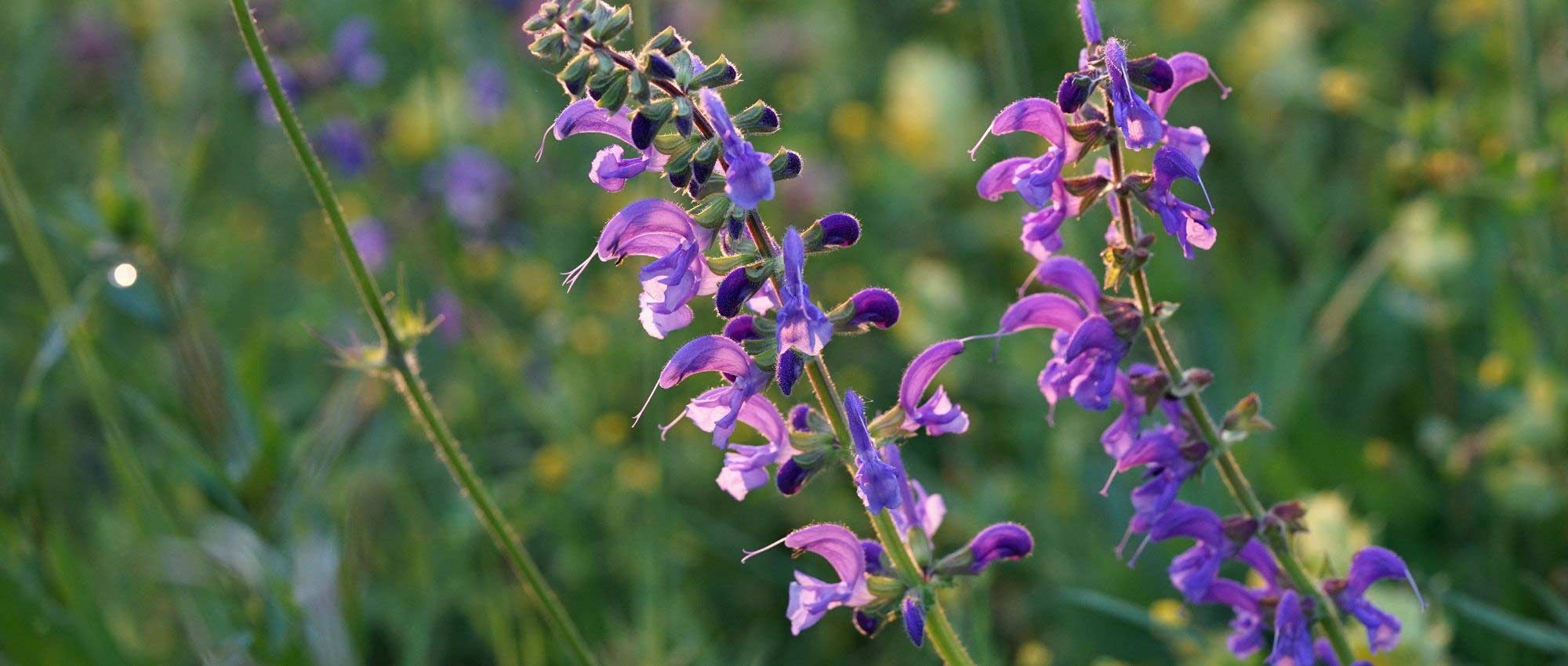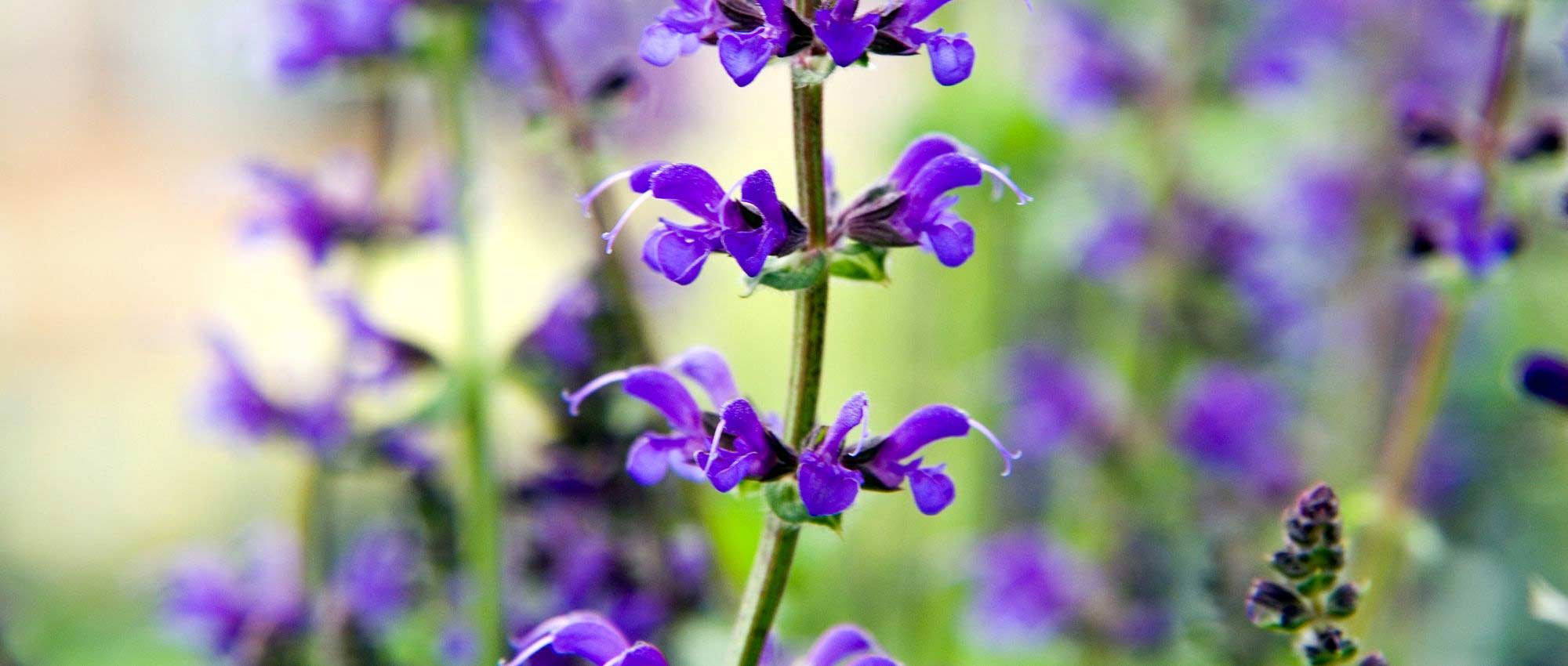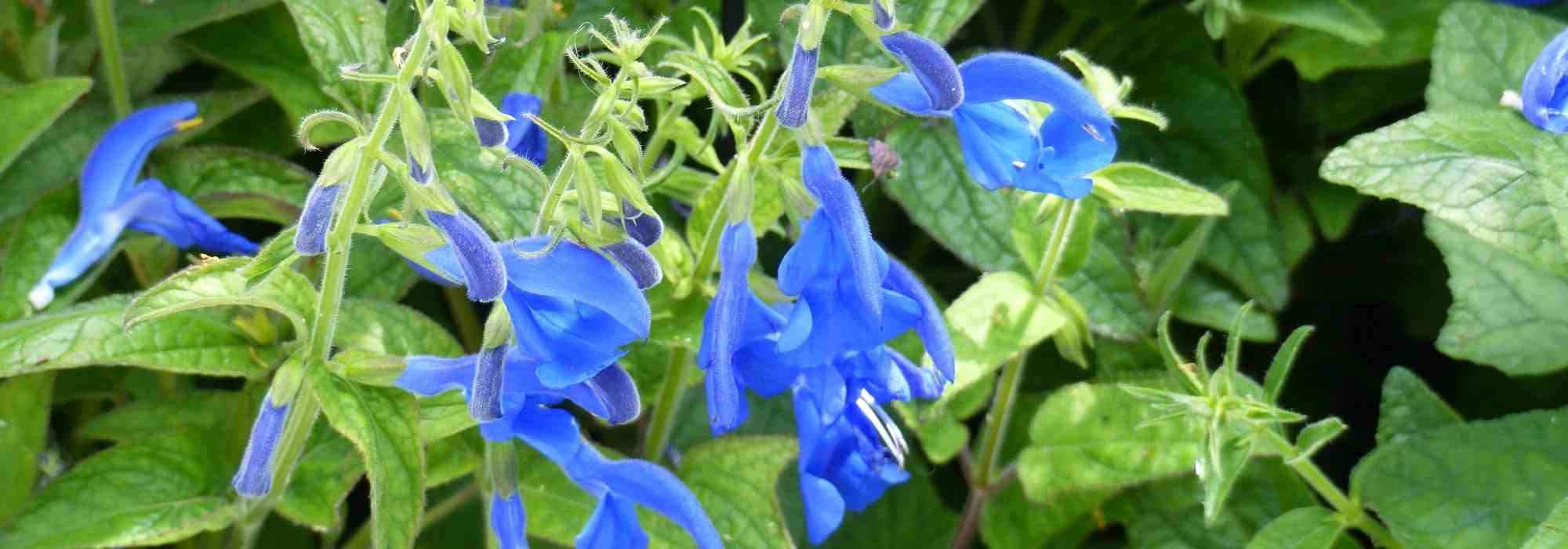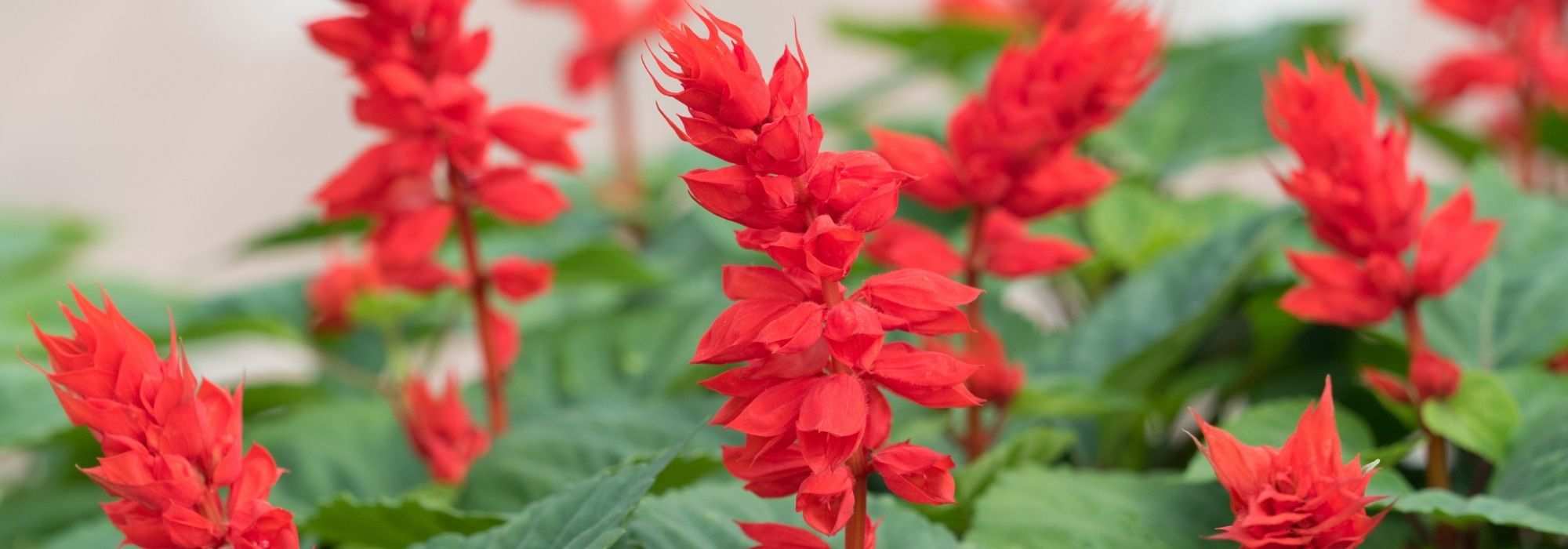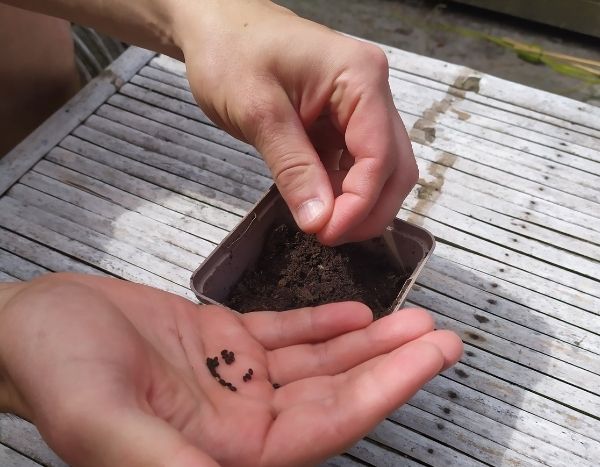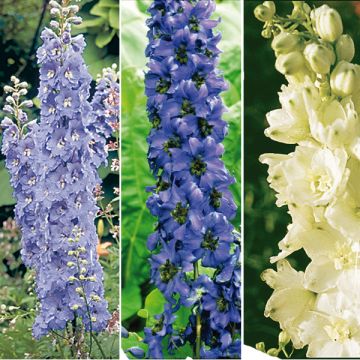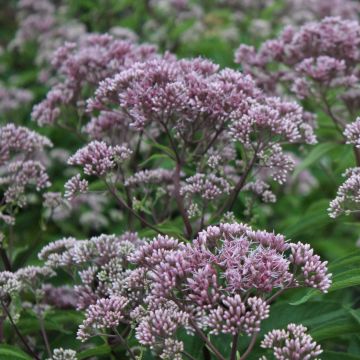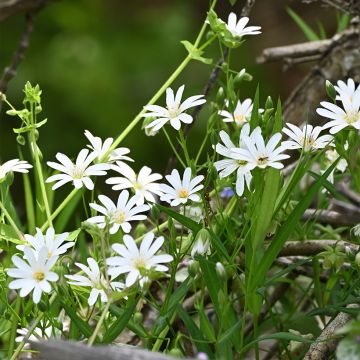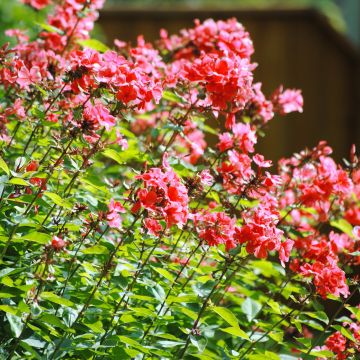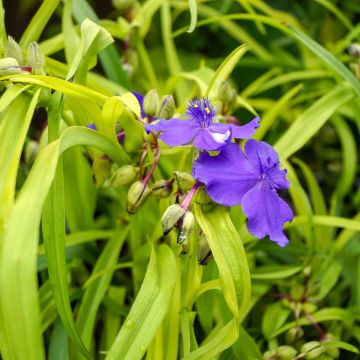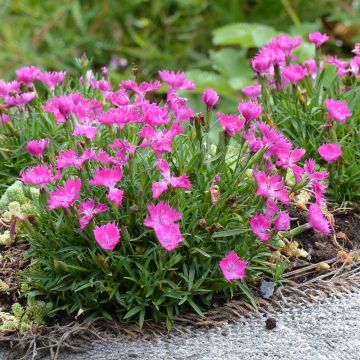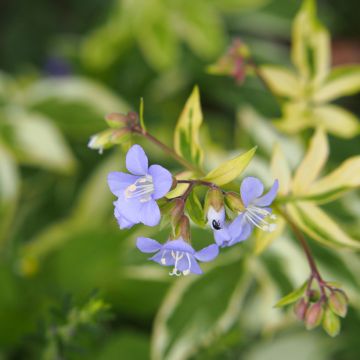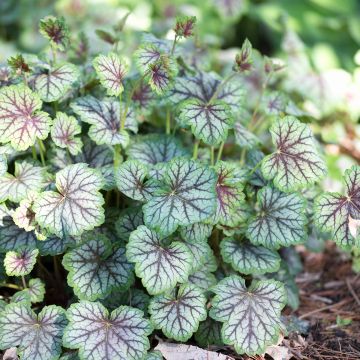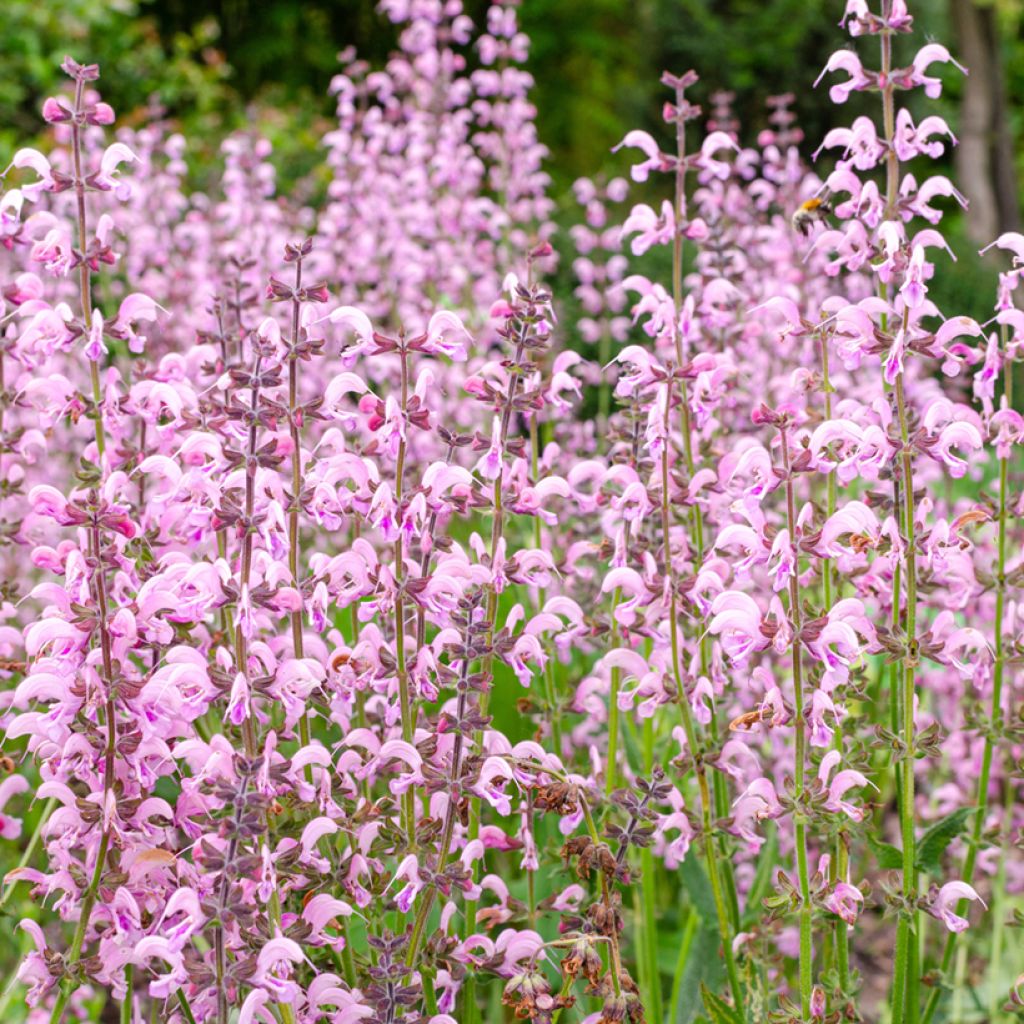

Salvia pratensis Eveline - Meadow Sage
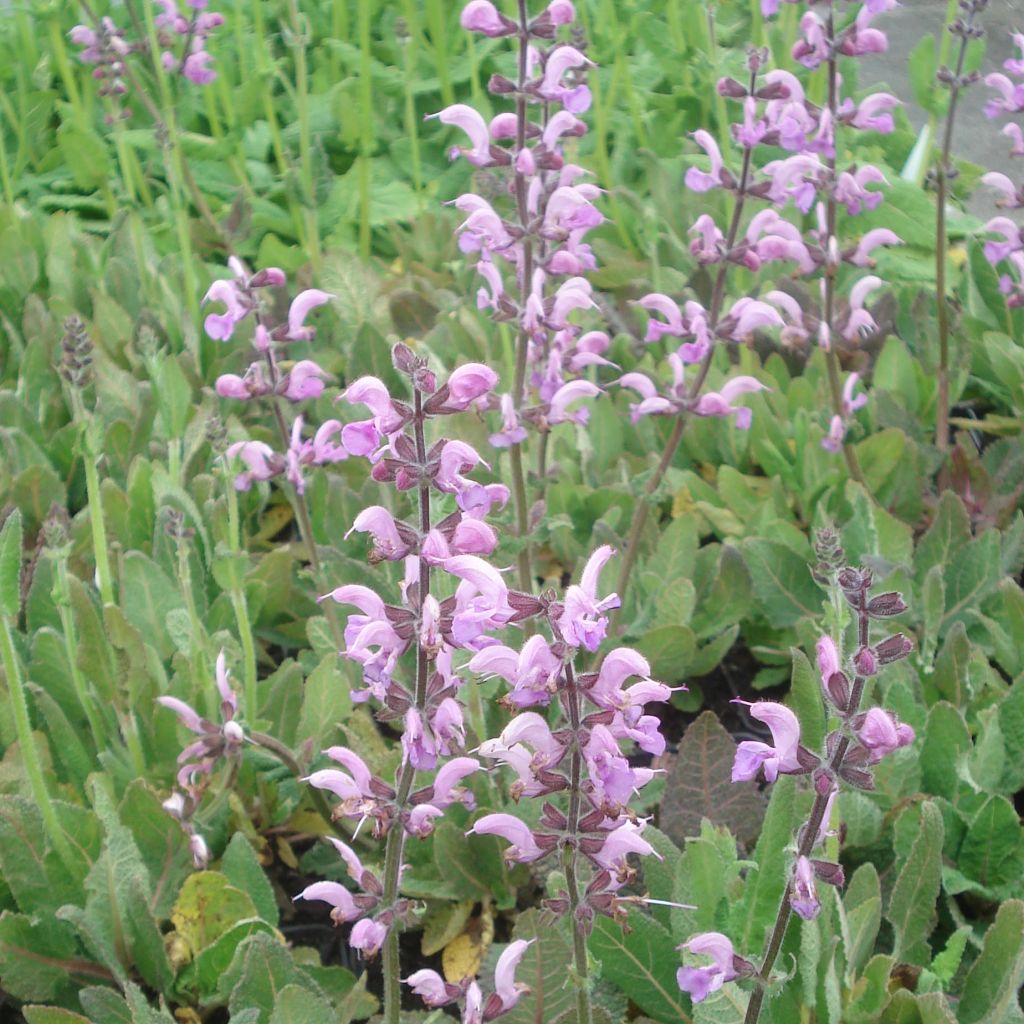

Salvia pratensis Eveline - Meadow Sage
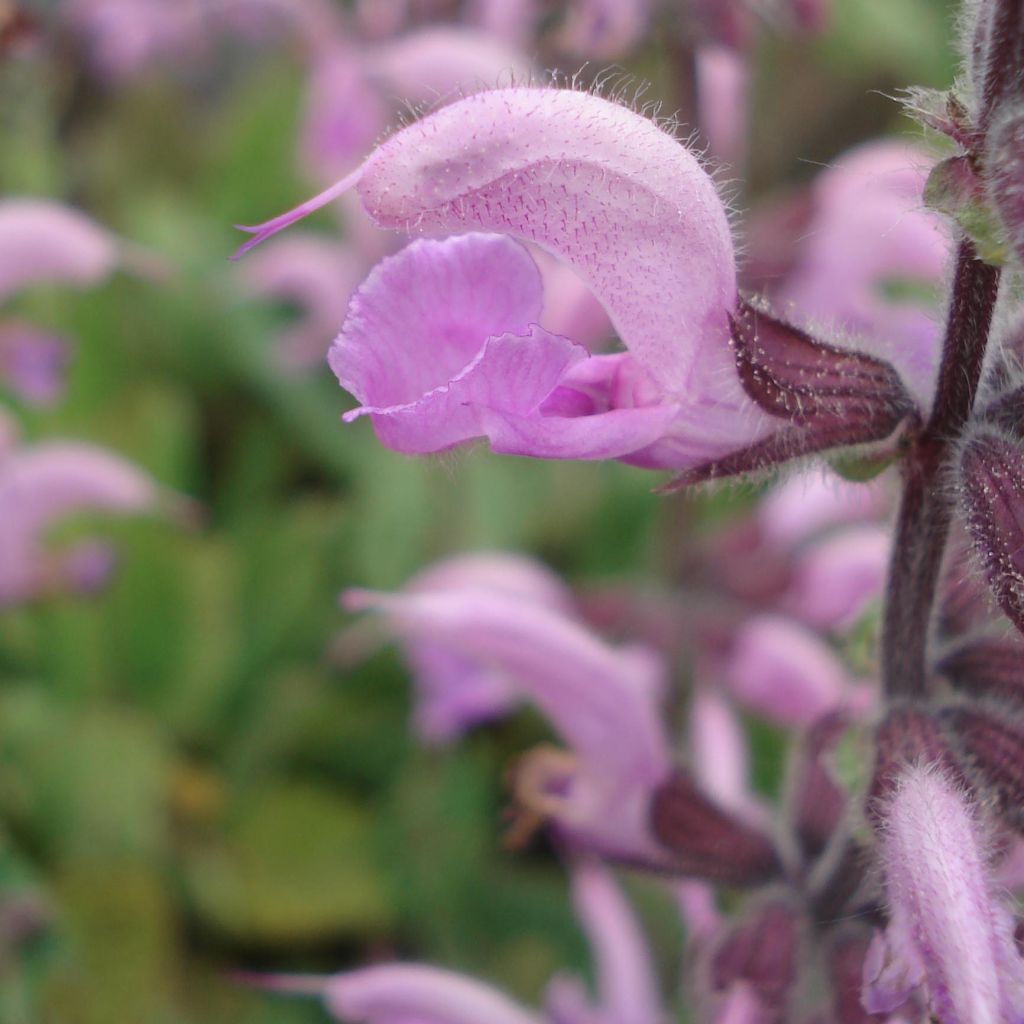

Salvia pratensis Eveline - Meadow Sage
Salvia pratensis Eveline - Meadow Sage
Salvia pratensis Eveline
Meadow Sage, Wild Sage, Meadow Clary
young plant received in very good condition. Already planted, it exhibits a rather good habit. To be seen later.
di cicco N., 29/03/2017
Special offer!
Receive a €20 voucher for any order over €90 (excluding delivery costs, credit notes, and plastic-free options)!
1- Add your favorite plants to your cart.
2- Once you have reached €90, confirm your order (you can even choose the delivery date!).
3- As soon as your order is shipped, you will receive an email containing your voucher code, valid for 3 months (90 days).
Your voucher is unique and can only be used once, for any order with a minimum value of €20, excluding delivery costs.
Can be combined with other current offers, non-divisible and non-refundable.
Home or relay delivery (depending on size and destination)
Schedule delivery date,
and select date in basket
This plant carries a 12 months recovery warranty
More information
We guarantee the quality of our plants for a full growing cycle, and will replace at our expense any plant that fails to recover under normal climatic and planting conditions.
Would this plant suit my garden?
Set up your Plantfit profile →
Description
Salvia pratensis 'Eveline', also known as Meadow Sage, is a descendant of the meadow sage that can be found in our ditches. It is a magnificent perennial, with the appearance of a charming weed and is extremely floriferous, producing beautiful clusters of large pale pink flowers, on airy spikes, from May to August. Hardy and resistant to cold, it has a dense habit and tall flower stems that can reach a height of 75 cm (30in), emerging from a fairly compact and densely leafy clump. It is an easy plant to grow, ideal for borders or mass plantings, in full sun or partial shade.
Native to Western Europe to the Caucasus, meadow sage is a very hardy perennial species that can tolerate sun and dry soils. The 'Eveline' variety is characterized by a fairly compact habit. Its foliage is semi-evergreen, forming clumps that can cover a diameter of 1m (3ft). In spring, this plant produces multiflorous spikes, reaching a height of 75 cm, adorned with very fresh light pink flowers. The flowers bloom from May and continue throughout the summer, attracting butterflies and bees. The leaves, deciduous, are ovate to oblong, rough, with crenate edges, forming beautiful vegetation.
Meadow sage Eveline is vigorous enough to outcompete weeds. Just like its blue ancestor, it excels on slopes, helping to stabilize them with its deep anchoring roots, which allow it to draw moisture even during heatwaves. In this regard, it is perfect for maintaining the soil on rockeries or banks near water sources. It is a very resilient plant, tolerating prolonged periods of drought and spartan growing conditions. It thrives in limestone soils, even on chalky hillsides, and withstands harsh winters without weakening. In borders, combine it with clary sage, common sage, alongside old roses and Nepeta x faassenii, lychnis coronaria.
With over 900 species of annuals, perennials, and woody shrubs, distributed throughout the world, except in very cold regions and tropical forests, the Salvia genus is the most diverse in the Lamiaceae family. The name Salvia, dating back to Roman times, is derived from the Latin word salvus 'healthy', referring to the medicinal properties of common sage.
Salvia pratensis Eveline - Meadow Sage in pictures
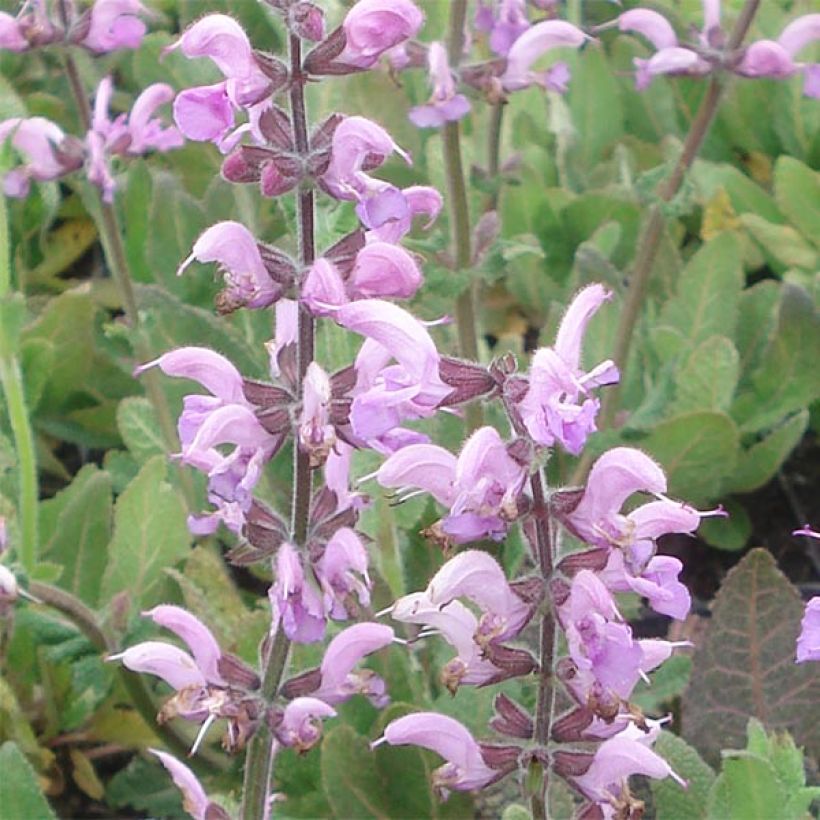

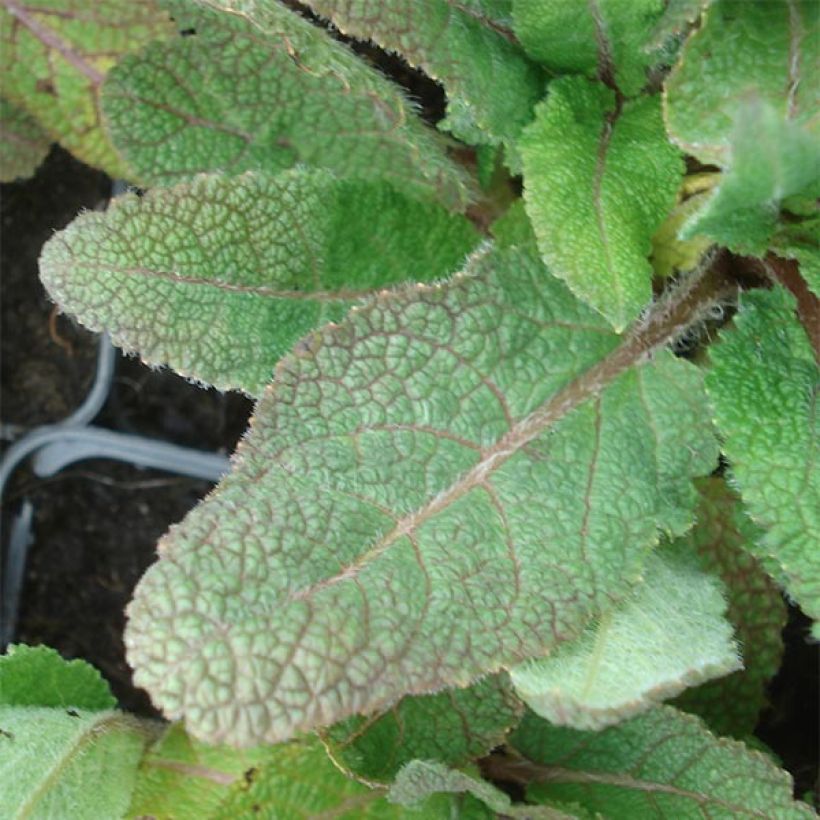

Flowering
Foliage
Plant habit
Botanical data
Salvia
pratensis
Eveline
Lamiaceae
Meadow Sage, Wild Sage, Meadow Clary
Cultivar or hybrid
Other Salvia - Sage
View all →Planting and care
Install the 'Eveline' sage in ordinary, or even poor and rather chalky soil, but above all well-draining. This plant tolerates some drought. It does not appreciate heavy and waterlogged soils in winter, which can harm its hardiness. You should plant it in a sunny or semi-shady location. It is an easy plant, very floriferous. Fertilize in spring and then in April, cut back all the branches by half. After flowering, cut back the faded flower stems to stimulate and prolong flowering. To preserve the vitality of the sage, it is good to divide the plant after 3 years. Plant the new plants in well-worked soil. Slightly poor soil can be improved by mixing in some horticultural compost.
Planting period
Intended location
Care
Planting & care advice
-
, onOrder confirmed
Reply from on Promesse de fleurs
Similar products
Haven't found what you were looking for?
Hardiness is the lowest winter temperature a plant can endure without suffering serious damage or even dying. However, hardiness is affected by location (a sheltered area, such as a patio), protection (winter cover) and soil type (hardiness is improved by well-drained soil).

Photo Sharing Terms & Conditions
In order to encourage gardeners to interact and share their experiences, Promesse de fleurs offers various media enabling content to be uploaded onto its Site - in particular via the ‘Photo sharing’ module.
The User agrees to refrain from:
- Posting any content that is illegal, prejudicial, insulting, racist, inciteful to hatred, revisionist, contrary to public decency, that infringes on privacy or on the privacy rights of third parties, in particular the publicity rights of persons and goods, intellectual property rights, or the right to privacy.
- Submitting content on behalf of a third party;
- Impersonate the identity of a third party and/or publish any personal information about a third party;
In general, the User undertakes to refrain from any unethical behaviour.
All Content (in particular text, comments, files, images, photos, videos, creative works, etc.), which may be subject to property or intellectual property rights, image or other private rights, shall remain the property of the User, subject to the limited rights granted by the terms of the licence granted by Promesse de fleurs as stated below. Users are at liberty to publish or not to publish such Content on the Site, notably via the ‘Photo Sharing’ facility, and accept that this Content shall be made public and freely accessible, notably on the Internet.
Users further acknowledge, undertake to have ,and guarantee that they hold all necessary rights and permissions to publish such material on the Site, in particular with regard to the legislation in force pertaining to any privacy, property, intellectual property, image, or contractual rights, or rights of any other nature. By publishing such Content on the Site, Users acknowledge accepting full liability as publishers of the Content within the meaning of the law, and grant Promesse de fleurs, free of charge, an inclusive, worldwide licence for the said Content for the entire duration of its publication, including all reproduction, representation, up/downloading, displaying, performing, transmission, and storage rights.
Users also grant permission for their name to be linked to the Content and accept that this link may not always be made available.
By engaging in posting material, Users consent to their Content becoming automatically accessible on the Internet, in particular on other sites and/or blogs and/or web pages of the Promesse de fleurs site, including in particular social pages and the Promesse de fleurs catalogue.
Users may secure the removal of entrusted content free of charge by issuing a simple request via our contact form.
The flowering period indicated on our website applies to countries and regions located in USDA zone 8 (France, the United Kingdom, Ireland, the Netherlands, etc.)
It will vary according to where you live:
- In zones 9 to 10 (Italy, Spain, Greece, etc.), flowering will occur about 2 to 4 weeks earlier.
- In zones 6 to 7 (Germany, Poland, Slovenia, and lower mountainous regions), flowering will be delayed by 2 to 3 weeks.
- In zone 5 (Central Europe, Scandinavia), blooming will be delayed by 3 to 5 weeks.
In temperate climates, pruning of spring-flowering shrubs (forsythia, spireas, etc.) should be done just after flowering.
Pruning of summer-flowering shrubs (Indian Lilac, Perovskia, etc.) can be done in winter or spring.
In cold regions as well as with frost-sensitive plants, avoid pruning too early when severe frosts may still occur.
The planting period indicated on our website applies to countries and regions located in USDA zone 8 (France, United Kingdom, Ireland, Netherlands).
It will vary according to where you live:
- In Mediterranean zones (Marseille, Madrid, Milan, etc.), autumn and winter are the best planting periods.
- In continental zones (Strasbourg, Munich, Vienna, etc.), delay planting by 2 to 3 weeks in spring and bring it forward by 2 to 4 weeks in autumn.
- In mountainous regions (the Alps, Pyrenees, Carpathians, etc.), it is best to plant in late spring (May-June) or late summer (August-September).
The harvesting period indicated on our website applies to countries and regions in USDA zone 8 (France, England, Ireland, the Netherlands).
In colder areas (Scandinavia, Poland, Austria...) fruit and vegetable harvests are likely to be delayed by 3-4 weeks.
In warmer areas (Italy, Spain, Greece, etc.), harvesting will probably take place earlier, depending on weather conditions.
The sowing periods indicated on our website apply to countries and regions within USDA Zone 8 (France, UK, Ireland, Netherlands).
In colder areas (Scandinavia, Poland, Austria...), delay any outdoor sowing by 3-4 weeks, or sow under glass.
In warmer climes (Italy, Spain, Greece, etc.), bring outdoor sowing forward by a few weeks.






























